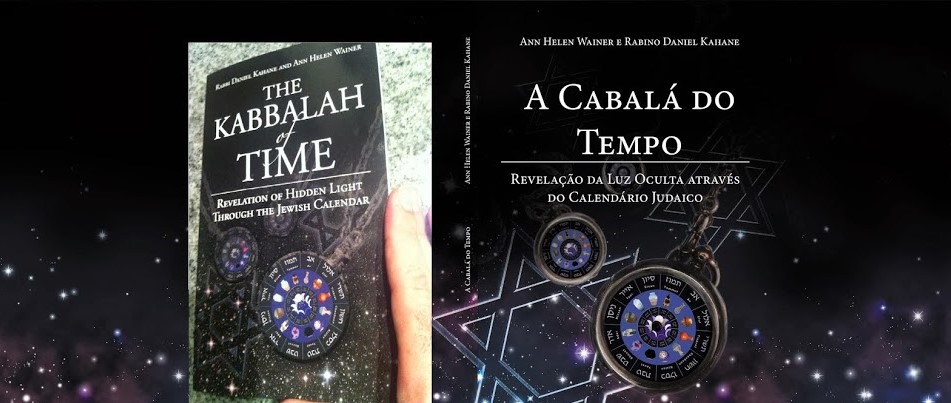BESHALACH: 15. When the children of Israel saw [it], they said to
one another, It is manna, because they did not know what it was, and Moses said
to them, It is the bread that the Lord has given you to eat. 16. This is the
thing that the Lord has commanded, Gather of it each one according to his
eating capacity, an omer for each person, according to the number of persons,
each one for those in his tent you shall take.
HAFTORAH: Water he requested,
(but) milk she gave him: in a lordly bowl she brought him cream.
TALMUD SOTAH: Daf 34 - Crossing the Jordan, Entering the Land
GENERATIONS FROM ADAM TO THE LAST KING OF JUDAH: Solomon
JOURNEYS IN THE DESERT: They
journeyed from Kadesh and camped at Mount Hor, at the edge of the land of
Edom.
Week 34 is the last week of the month
of Iyar. The Torah portion section
for this week describes one of the key ideas of the Mannah. First, there was a social aspect of it – which caused
people to talk to each other (and some commentaries say that it caused one not
to recognize another, because after eating such a spiritual food they were on
an even higher spiritual level). It also points to the miraculous nature of it,
as it was a gift of Hashem: even though each one was only supposed to take one
omer for each person, whatever they took would be according to their eating
capacity. Hashem fulfilling the needs of the people, through giving them bread,
appears related to the idea of healing of the month of Iyar. “Omer lagulgolet”
also appears to be a reference to Lag
Ba’Omer, the main day of the month of Iyar,
since it contains the word “omer” and
lagulgolet in Hebrew has two “Lamed Gimmels” in a arrow - “lag” “lag.”
The Haftorah verses also speak of sating one’s thirst and hunger,
connected to the aspect of healing of the month of Iyar. If one takes the verse out of the context of Yael killing
Sissera (which is certainly a worthy event in and of itself), the verse hints
also to the motherly kindness of women, who offer milk and cream, even when
only water is requested. The mannah has
a similar parallel. Instead of simply providing the Jews with bread from the
earth, G-d provides them with heavenly bread, which has powers and blessings as
well.
Daf Lamed Dalet (Folio
34) of Sotah continues the discussion of crossing the Jordan, the spies,
and Hebron. As mentioned previously, week 34 represents a completion of a
cycle, the Jews now being ready to enter the Land. They also must keep in mind
the disaster of the spies, as also mentioned in the previous week.
Solomon (Shlomoh), whose name comes from Shalom, peace, is also related to Shalem, whole, complete. We finish the
month of Iyar with a sense of being whole again, healed. Shlomoh also lived to see the completion of his father’s work, and
the completion of the Temple. On that day, he authored the Song of Songs.
In the
thirty-fourth week, the Jews journey from the desert of Zin, which is Kadesh, and camp in Mount Hor, at the edge of the land of Edom. Hor HaHar is double mountain, a “small apple atop a big apple.”
This is the place where Aharon HaKohen passed away. The double mountain
represents Aharon’s love – love within love, as explained by Rabbi Simon
Jacobson. This love and harmony is what is essential to the receiving the Torah
on yet a different mountain, Mount Sinai. Week 35 is when the Jews camped at
Mount Sinai. The personal journey for this week is to internalize the concept of
holiness and learning to live with people’s faults, and now focus on the love
and peace related to Aharon, Rosh Chodesh
Sivan, and the receiving of the Torah on Mount Sinai. (As to why Hor HaHar
is on the edge of Edom, see Book 1, Week 43)
